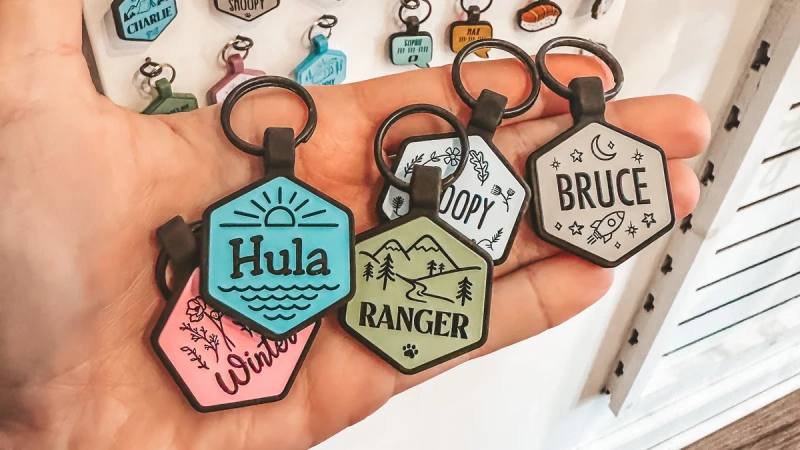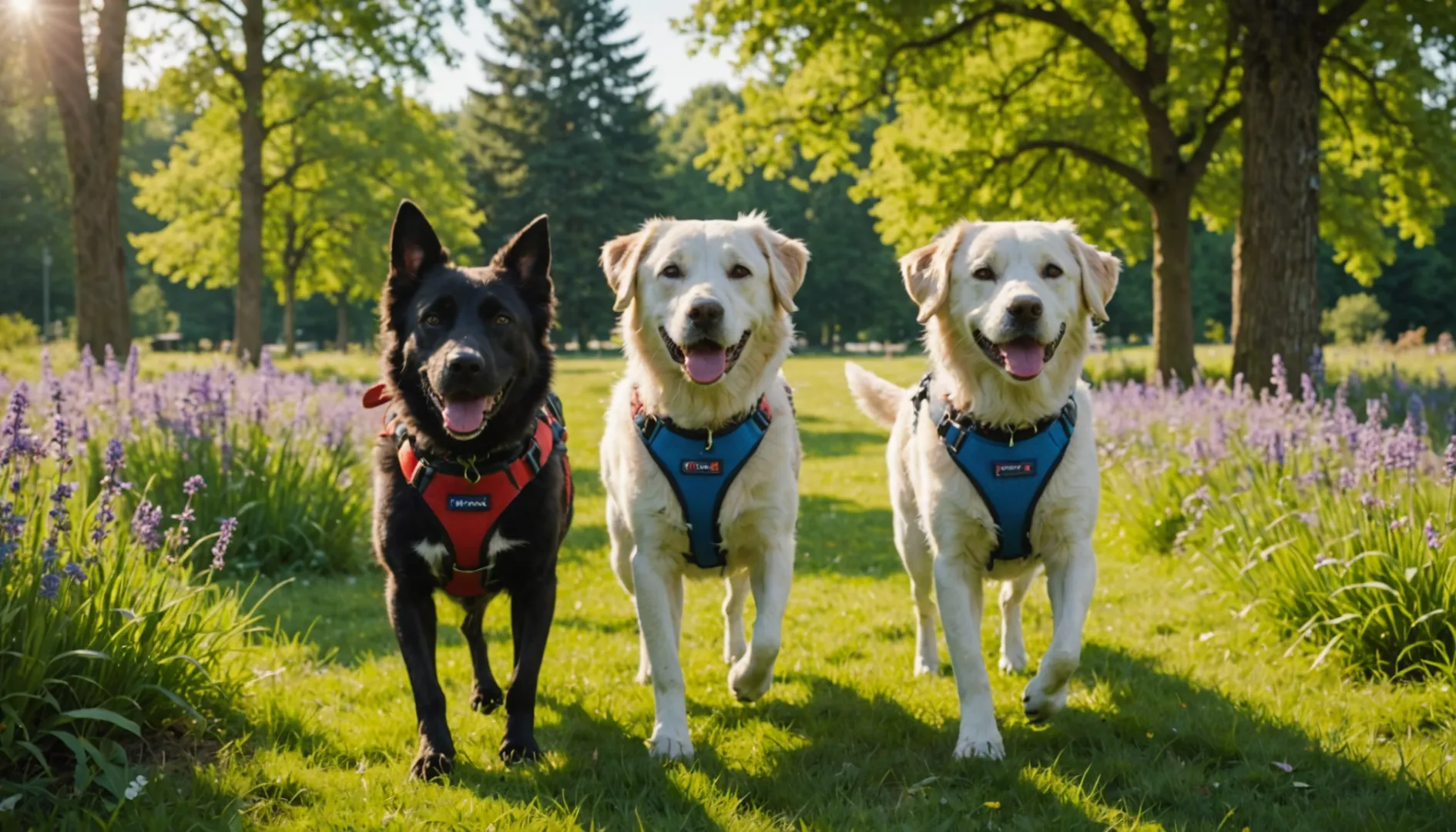
Have you ever found yourself puzzled over whether to use a harness or collar for your dog?
Choosing between a harness and a collar for your dog depends on factors like size, behavior, and health. Harnesses are ideal for dogs that pull or have breathing issues, while collars suit well-trained dogs needing ID tags. Each option has its perks and drawbacks, so understanding these can guide your decision.
Remember the first time I took my spirited pup for a walk? I thought a simple collar would do the trick. But after a few enthusiastic lunges, I realized I needed something more. That’s when I discovered the world of harnesses. While collars are quick and easy, especially for a calm dog, harnesses offer better control and comfort for those high-energy moments.
Veterinarians often suggest harnesses for dogs with respiratory issues or neck injuries because they spread the pressure more evenly across the body. But don’t discount collars if your dog is well-behaved on walks—there’s a certain simplicity to them that can be quite appealing. Ultimately, it’s about what works best for you and your furry friend.
Harnesses are safer for dogs with respiratory issues.True
Harnesses reduce neck strain, benefiting dogs with breathing problems.
Collars provide better control over strong dogs than harnesses.False
Harnesses offer more control, especially front-clip types, for strong dogs.
What Are the Key Differences Between Dog Harnesses and Collars?
Ever stood in the pet aisle, torn between a dog harness and a collar? I’ve been there too, scratching my head over what’s best for my furry companion.
Dog harnesses spread pressure evenly across the chest, ideal for dogs that pull or have breathing issues, while collars are simpler and great for quick outings and holding ID tags. Your choice should depend on your dog’s unique needs, behavior, and health.
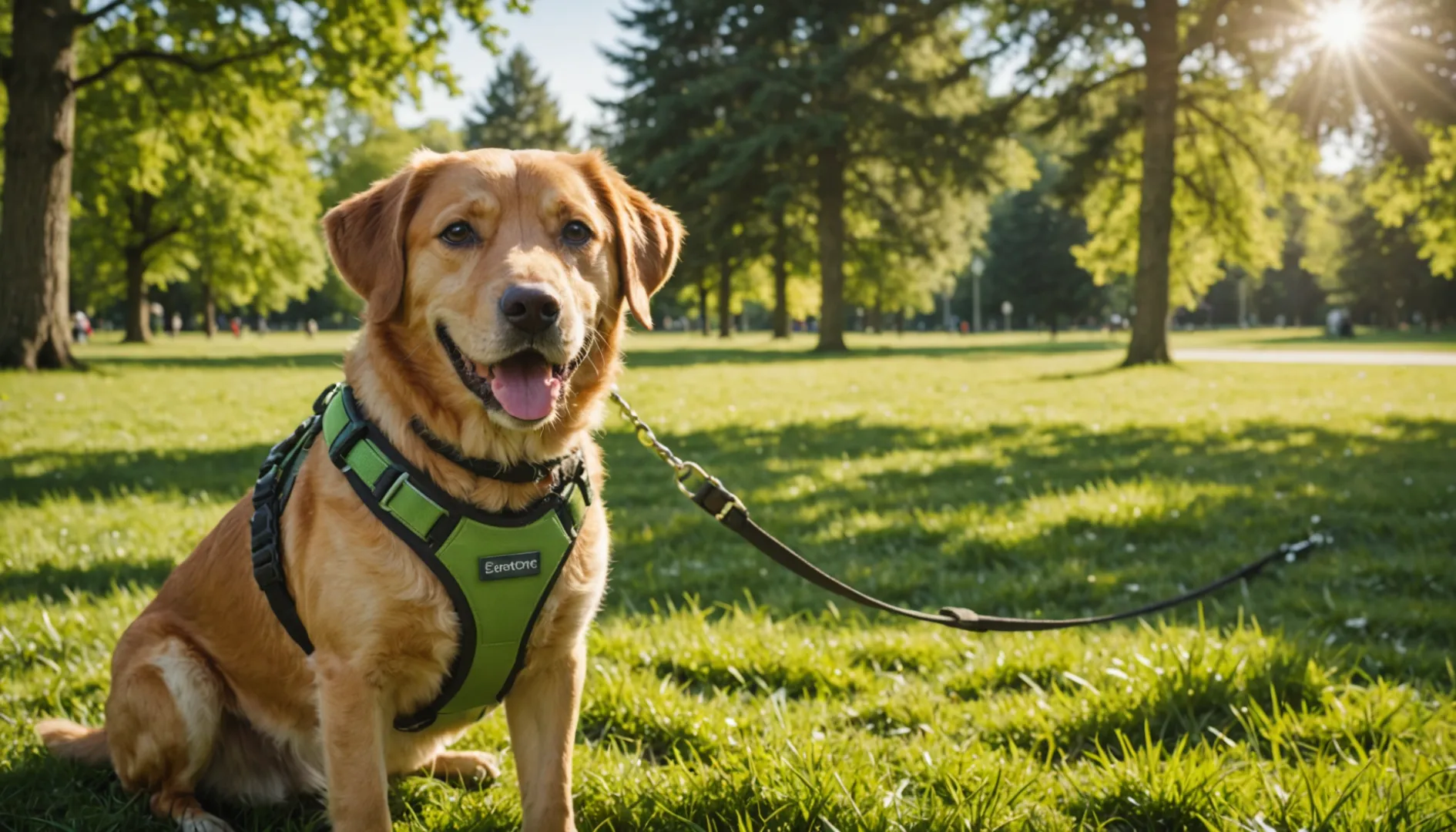
Understanding Dog Collars
Dog collars are the classic choice for many pet owners, myself included. I remember the first time I slipped a collar around my dog’s neck—it felt like a rite of passage. They come in various styles like flat collars1, perfect for everyday use, and martingale collars that prevent dogs from slipping out. While collars are straightforward, they might cause neck strain, especially in dogs prone to pulling or with respiratory issues. Despite this, their simplicity and ability to hold ID tags make them a popular choice.
Exploring Dog Harnesses
Harnesses were a game-changer for me when my dog started pulling on walks. They distribute pressure across the dog’s body rather than the neck, offering more control and reducing the risk of neck injuries. There are types like front-clip harnesses2 that help train dogs not to pull, while back-clip versions suit well-trained pets. However, I found harnesses a bit more complex to fit and adjust compared to collars.
Benefits of Collars and Harnesses
Collars are straightforward and versatile, offering a wide range of styles and designs. They’re particularly suited for well-behaved dogs3 that don’t pull. On the other hand, harnesses excel in providing better control and comfort for dogs prone to pulling or those with health concerns like brachycephalic breeds.
Considerations for Your Dog’s Needs
When deciding between a collar or harness, it’s essential to consider your dog’s specific needs. If your dog is prone to lunging or has respiratory issues, a harness might be safer. Meanwhile, if ease of use and identification are your priorities, a collar could be the better option. It’s crucial to ensure that whichever you choose is properly fitted to avoid discomfort or injury. Consulting with veterinarians4 can provide valuable insights based on your dog’s behavior and health status.
Harnesses reduce neck strain for dogs that pull.True
Harnesses distribute pressure across the chest, preventing neck strain.
Collars are more complex to put on than harnesses.False
Collars are simpler and quicker to put on compared to harnesses.
How Do Dog Behavior and Size Influence Your Choice?
Picking the right dog is like choosing a new family member—it’s all about fit!
Dog behavior and size play a huge role in finding your perfect furry match. Larger dogs might need more space and exercise, while smaller ones could be apartment-friendly but come with unique quirks. Understanding their energy levels and training needs helps align with your lifestyle and home environment.
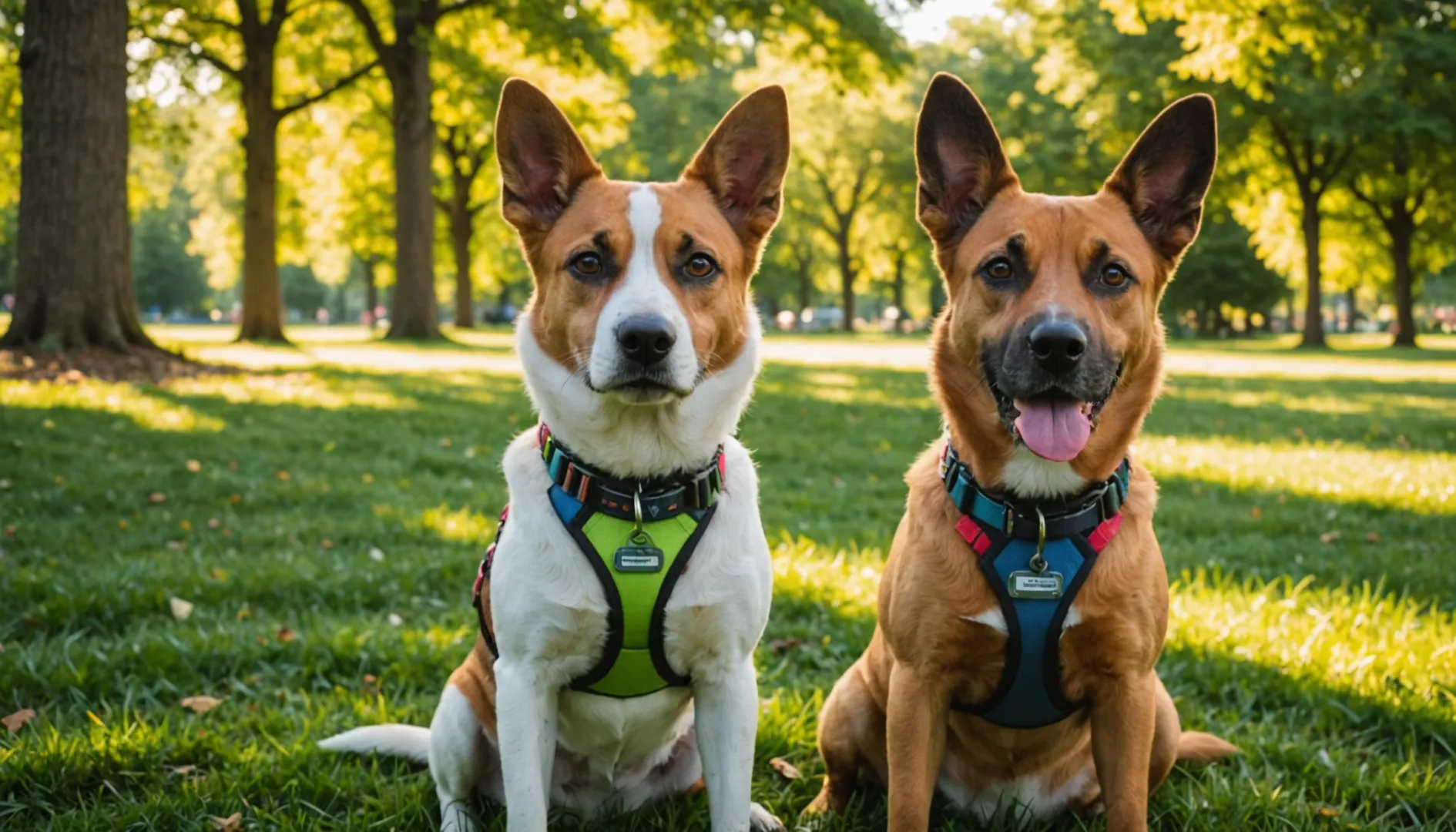
Understanding Dog Behavior
When I was deciding on a dog, I realized how much behavior matters. Each breed has its own vibe; some are like a caffeine shot, always ready for action, while others are total couch potatoes. Take high-energy breeds5 like Border Collies—they’re like that friend who drags you out for morning runs. But if you’re more of a chill Netflix-binger, maybe a calm breed such as a Basset Hound is your speed.
And here’s the kicker: Even within breeds, personalities can vary wildly. It’s all about early training and socialization. Think of it like shaping a kid’s future—what you put in, you get out.
Size Matters in Dog Selection
Size doesn’t just affect where your dog fits in your home but also in your life. Remember when I looked at Great Danes? I loved them, but then I thought about my little apartment and how much they’d eat. Plus, they have specific health needs that I wasn’t quite ready for.
On the flip side, smaller dogs like Chihuahuas can fit snugly into tiny spaces but sometimes come with distinct behavior traits6—think little Napoleon complex! Training is key to keep them from ruling the roost.
Matching Dog Traits to Lifestyle
I once lived in a bustling city with limited room to roam. A low-energy, small dog was perfect for my lifestyle. But now, with a backyard and parks nearby, I can consider larger breeds that love a good romp outside.
Family dynamics also play a part. Some dogs are just better with kids—super patient and gentle. I’ve spent many nights researching breed-specific traits7 to make sure my choice blends well with my household vibe.
The Impact of Specific Needs
Some dogs come with special instructions. Bulldogs, for instance, need careful watching during exercise due to breathing issues. And dogs prone to anxiety? They might need more of my attention or even professional help.
Figuring out these specific needs upfront helps me ensure I can meet their demands and provide a happy home. It’s like preparing for a new family member—you want everything just right.
Harnesses reduce neck strain compared to collars.True
Harnesses distribute pressure across the chest, minimizing neck strain.
Collars are more complex to adjust than harnesses.False
Collars are simpler to adjust and put on than harnesses.
Why Do Veterinarians Prefer Harnesses Over Collars?
Ever pondered whether a harness or collar is best for your furry friend? Let’s explore why vets lean towards harnesses.
Veterinarians often recommend harnesses over collars because harnesses distribute pressure more evenly across a dog’s body, reducing neck strain and enhancing safety, particularly for dogs prone to pulling or with respiratory issues.
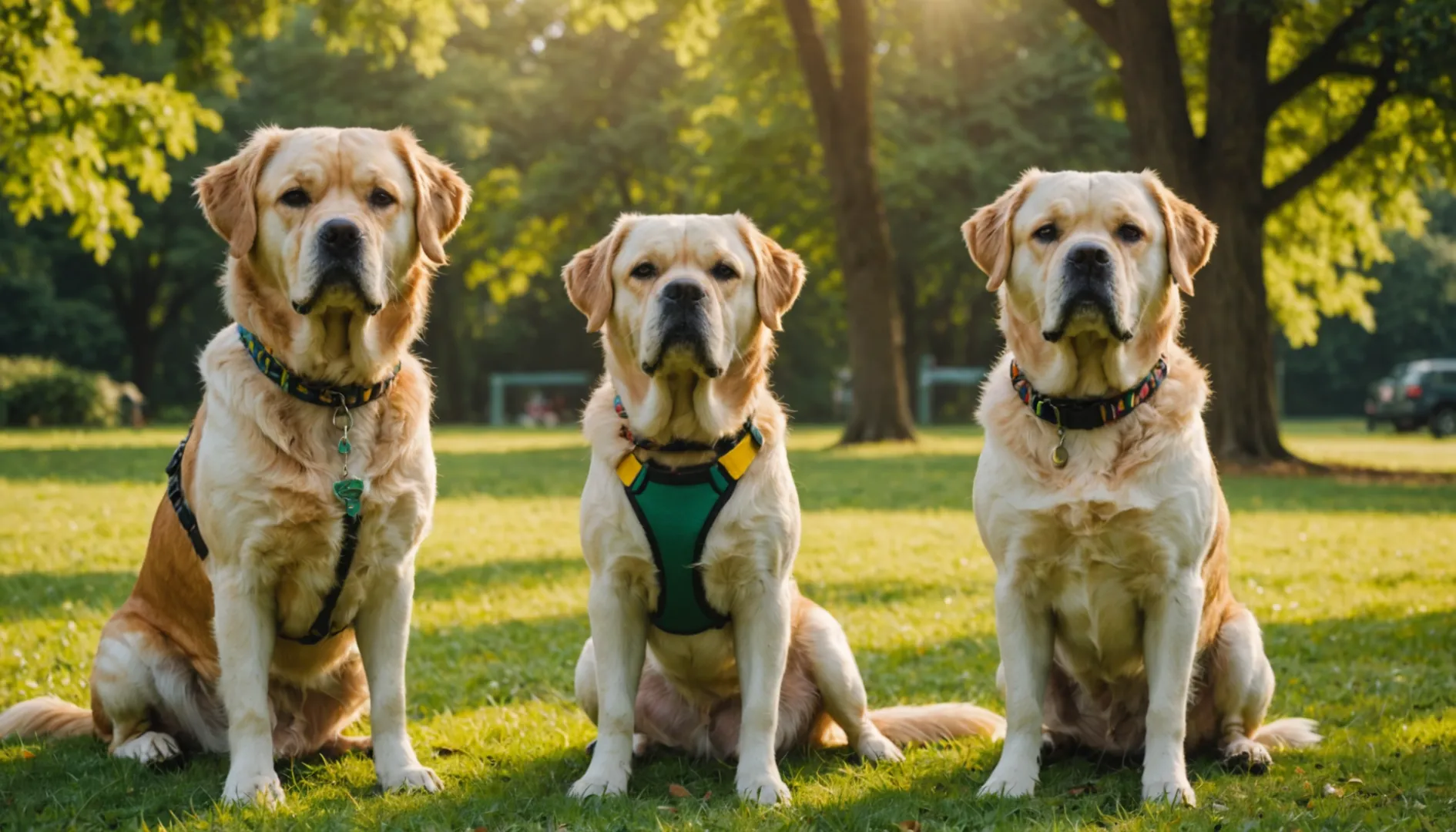
Understanding the Anatomy of Dogs
I remember when I first got Max, my adorable but excitable Labrador. Every walk was a tug-of-war, with him straining at the leash and me worrying about his neck. That’s when our vet suggested switching from a collar to a harness. The anatomy of dogs plays a huge role in this recommendation. Collars can concentrate pressure on the neck, potentially leading to injuries, especially in breeds with respiratory issues like my friend’s French Bulldog, Bella. A harness8 spreads this pressure more evenly across the chest and back, keeping our pups safe and comfortable.
Enhanced Control and Safety
Harnesses have been a game-changer for me, especially with Max’s enthusiasm on walks. I found that front-clip harnesses help redirect his pulling energy back towards me, making our outings more enjoyable and less of a workout. This added control is not just about ease; it’s about safety too. A harness can prevent those unexpected lunges towards squirrels or other distractions, which has saved us from quite a few tumbles. For puppies or dogs still learning the ropes, a no-pull harness9 can make training sessions much smoother.
Addressing Specific Health Concerns
Dogs like Bella, who have experienced neck issues or have health concerns such as tracheal collapse, truly benefit from wearing a harness. The pressure is off their sensitive neck area, reducing the risk of aggravating existing conditions. A well-fitted harness10 ensures they can still enjoy their time outdoors without discomfort, which is exactly what we want for our fur babies.
Practical Considerations
Sure, harnesses might take a bit longer to put on compared to collars, but I’ve found that this small inconvenience is worth it. It reminds me of when I was fitting Max with his first harness; it took a few tries, but once I got the hang of it, it became second nature. It’s crucial to get the fit right to avoid any chafing or discomfort, and while they might cost more initially, the peace of mind and enhanced safety make them a worthwhile investment for my beloved pet.
Harnesses reduce neck strain in pulling dogs.True
Harnesses distribute pressure across the chest, reducing neck strain.
Collars offer better control for excitable dogs.False
Harnesses provide better control, especially front-clip types.
Are There Situations Where a Collar Is Preferable to a Harness?
I remember the first time I faced the collar versus harness dilemma for my dog, Max. It was overwhelming!
Collars are ideal when quick identification is essential or if your dog is well-trained and doesn’t pull. They’re simple and perfect for everyday walks.

When Quick Identification Is Essential
I often find myself in bustling city environments where having Max quickly identifiable is a must. His collar proudly displays his ID tags, making it easy for anyone to recognize him if he ever decides to play hide-and-seek in the crowd. It gives me peace of mind, knowing that even if he gets adventurous, his collar has got his back. Some collars even have embedded microchips11, which adds an extra layer of security.
For Well-Trained Dogs
Max is generally well-behaved during our walks, and his collar works perfectly in these scenarios. It slips on and off effortlessly, allowing us to get out the door quickly for our impromptu park trips or leisurely neighborhood strolls. This simplicity is a lifesaver, especially on busy mornings when every minute counts.
The Appeal of Style and Simplicity
I have to admit, part of me loves picking out stylish collars for Max. From sleek leather to vibrant nylon, there’s something out there for every personality, both his and mine! Plus, there’s an undeniable simplicity in using a collar—no fussing around with straps or adjustments like with harnesses.
Consideration of Dog’s Size and Breed
Max isn’t exactly tiny, but for smaller dogs or breeds like greyhounds12 with slender necks, collars can be more comfortable since they don’t cover the entire body. It’s crucial to ensure a good fit though, to prevent any Houdini-like escapes.
Use in Training Environments
While harnesses are often recommended for training, I’ve found that collars work better when I’m teaching Max basic commands like "sit" or "stay." A gentle tug on his collar is usually enough to get his attention without causing him any discomfort.
Ultimately, choosing between a collar and a harness boils down to understanding your dog’s unique needs and behaviors. Some dogs may need different solutions depending on their activity level, health issues, or training progress. So always keep your dog’s comfort and safety in mind when making this choice.
Harnesses are safer for dogs with respiratory issues.True
Harnesses reduce neck strain, beneficial for dogs with breathing problems.
Collars offer better control over pulling dogs than harnesses.False
Harnesses, especially front-clip ones, provide better control for pullers.
Conclusion
Choosing between a harness and collar for your dog depends on their behavior, size, and health. Harnesses offer better control and comfort, while collars are simpler for well-trained dogs.
-
Discover why flat collars are ideal for everyday dog use. ↩
-
Learn how front-clip harnesses aid in reducing pulling. ↩
-
Find out which collars suit well-trained dogs. ↩
-
Get expert advice on choosing between harnesses and collars. ↩
-
Explore different high-energy breeds to match your active lifestyle. ↩
-
Discover behavioral traits common in small dog breeds. ↩
-
Learn about breed-specific traits to find the best match. ↩
-
Learn how harnesses improve dog safety and comfort during walks. ↩
-
Explore how no-pull harnesses help manage pulling behavior effectively. ↩
-
Discover suitable harness options for dogs with tracheal issues. ↩
-
Explore how embedded microchips enhance dog safety and identification. ↩
-
Discover why collars may suit greyhounds better than harnesses. ↩


